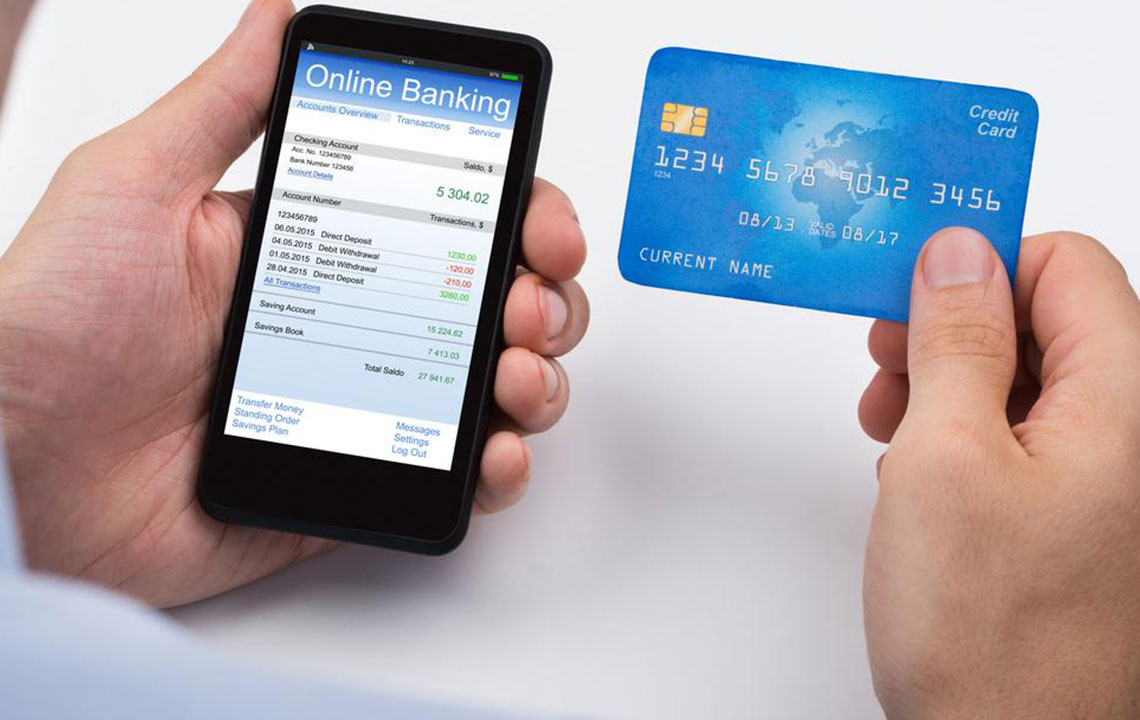Key Factors in Choosing the Optimal Balance Transfer Card
Learn how to select the best balance transfer card by understanding key factors like transfer fees and promotional interest rates. Making informed choices can help you save money and pay off debt faster. This guide covers important considerations such as fee structures, the duration of 0% APR offers, and strategic decision-making to ensure you maximize benefits. Know what to look for to find a card that suits your financial goals and minimizes costs while reducing your debt efficiently.

Understanding the Key Factors in Selecting the Best Balance Transfer Card
Deciding which balance transfer card suits your financial needs can seem overwhelming. Staying informed about the essential aspects of balance transfer offers can make your decision easier and more effective. The main considerations include:
Balance Transfer Fees
Most credit cards charge a fee when moving your balance from another card, typically ranging from 3% to 5%. This fee may be added to your transferred amount or billed upfront. The cost depends on your transfer amount and existing interest charges, so evaluate whether the potential savings outweigh these fees. Some cards waive transfer fees, providing better value.
The fee might be added to your balance by the bank, increasing your debt. Consider this when calculating total savings.
Introductory APR Offers
The 0% promotional interest rate is a major attraction of top balance transfer cards. A longer interest-free period gives you more time to pay down your debt without accruing interest. However, note that these rates are temporary. Once the promotional period ends, the interest rate may jump significantly, sometimes reaching 20%. Make sure to know when the promotional rate expires to avoid unexpected costs. Assess if the benefits of savings outweigh the transfer fees you might incur.
Smart decision-making involves comparing promotional periods, fees, and potential savings. Choose wisely to minimize costs and pay off your debt efficiently.
Note:
Our blog provides diverse, practical financial insights based on thorough research. While helpful, these articles should not be viewed as definitive solutions. The data may vary across different sources, and readers should verify current offers and terms independently. We may also not highlight all available schemes that could be more advantageous for your situation.










